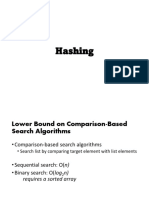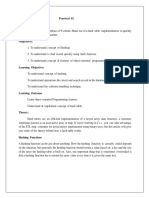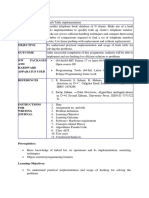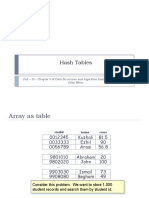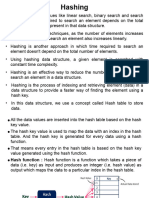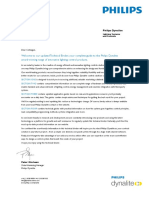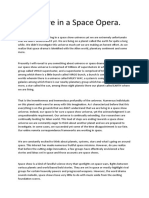0% found this document useful (0 votes)
11 views21 pagesLecture 12 - Hash Table
The document provides an overview of hash tables, a data structure that stores key-value pairs for efficient data retrieval. It explains how hash values are calculated, how collisions are handled, and the process for searching and deleting records. Additionally, it discusses the implementation of hash tables using separate chaining to avoid collisions.
Uploaded by
Enas ElsayedCopyright
© © All Rights Reserved
We take content rights seriously. If you suspect this is your content, claim it here.
Available Formats
Download as PPTX, PDF, TXT or read online on Scribd
0% found this document useful (0 votes)
11 views21 pagesLecture 12 - Hash Table
The document provides an overview of hash tables, a data structure that stores key-value pairs for efficient data retrieval. It explains how hash values are calculated, how collisions are handled, and the process for searching and deleting records. Additionally, it discusses the implementation of hash tables using separate chaining to avoid collisions.
Uploaded by
Enas ElsayedCopyright
© © All Rights Reserved
We take content rights seriously. If you suspect this is your content, claim it here.
Available Formats
Download as PPTX, PDF, TXT or read online on Scribd
/ 21


